In the world of winemaking, the whispers of the earth and sky speak volumes, crafting narratives of flavor, aroma, and essence through the medium of the vine. Climate, an omnipresent force, plays a pivotal role in this delicate dialogue, dictating the rhythm of growth, the dance of ripening, and the ultimate expression of the grape. It is within this intricate interplay of sun, wind, rain, and temperature that the character and quality of wine are forged, a testament to the power of nature to influence and inspire.
As the globe stands on the precipice of climatic shift, the ancient traditions of winemaking find themselves at the heart of a transformation. Regions once deemed classical bastions of viticulture are witnessing the reshaping of their environmental identities, challenging vintners to adapt in the face of evolving conditions. Climate change, with its suite of unpredictable patterns and extreme events, is not just altering the landscape; it’s redrawing the very map of winemaking, introducing new challenges and opportunities alike.
This narrative journey embarks from the understanding that climate is more than a backdrop for the growth of the vine; it is a masterful composer of wine’s soul, imbuing each bottle with the essence of its terroir. As we delve into the elemental force of climate in winemaking, we explore not only its profound impact on the wine we cherish but also the adaptative strides being made in traditional and emerging regions. The story of wine is evolving, and with it, our appreciation for the intricate relationship between climate, vine, and the artful hand of the winemaker.
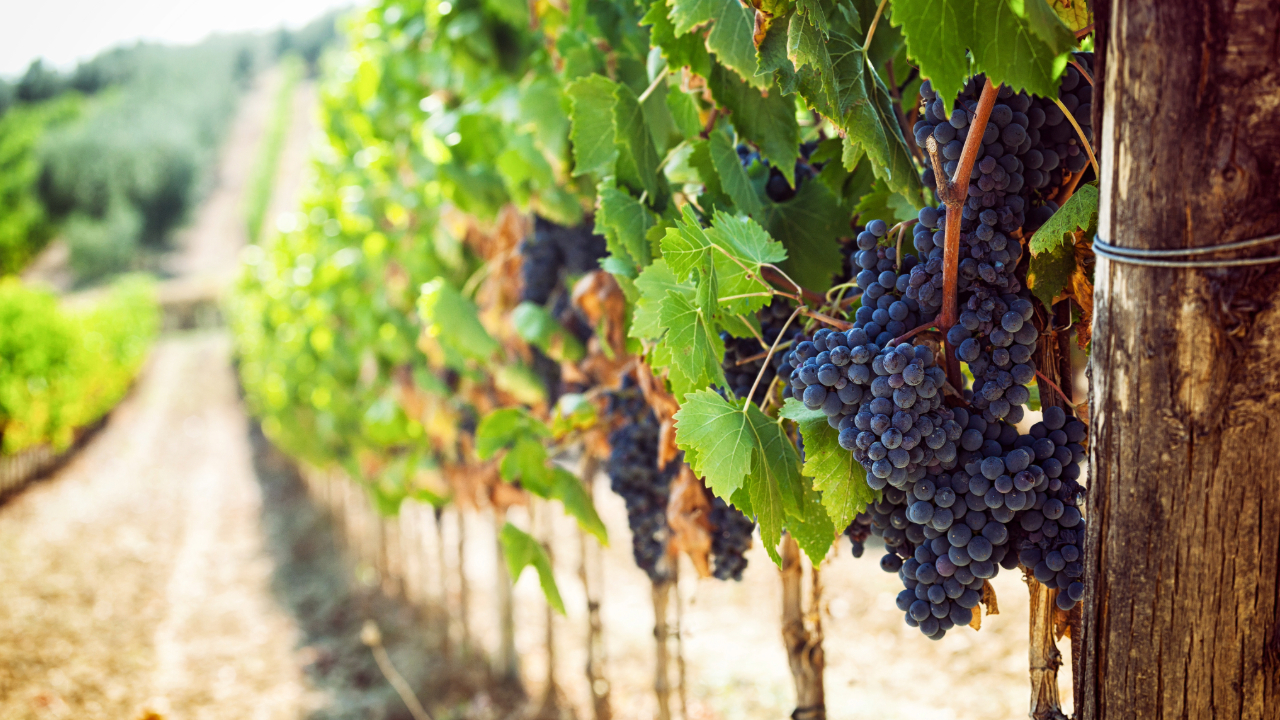
Understanding Climate’s Role in Wine Production
In the grand theater of winemaking, climate takes center stage, directing the growth, flavor, and very essence of the grape. This section unfolds the narrative of how different climates—cool, moderate, and warm—cast distinct roles for wine grape varietals, shaping their journey from vineyard to bottle, and ultimately, to the connoisseur’s palate.
The Symphony of Climate and Varietal
At the heart of viticulture lies a delicate equilibrium, a balance dictated by the climate’s whisper to each grape varietal. Understanding this harmony begins with recognizing the basic climate requirements vital for the cultivation of wine grapes. Each varietal, with its unique genetic makeup, responds distinctively to its climatic environment, crafting a spectrum of flavors, aromas, and textures that are the soul of wine diversity.
Cool Climate Wines: Elegance in Restraint
In the cool embrace of regions where the sun’s warmth is gentle and the nights invite a crisp chill, cool climate varietals thrive. Here, Pinot Noir, Chardonnay, and Riesling speak the language of subtlety and complexity. The cooler growing conditions slow the grape’s ripening, extending the dance with the sun and soil to develop nuanced flavors and maintain a vibrant acidity. Wines born of these climates boast elegant profiles, with notes that range from green apple and citrus to earthy and floral undertones, all wrapped in a cloak of refreshing acidity that promises exceptional aging potential.
Moderate Climate Wines: The Harmony of Balance
Nestled between the cool whispers and warm sighs of the climate spectrum, moderate climates offer a canvas where a broader palette of varietals, including Merlot, Sauvignon Blanc, and Sangiovese, find their expression. These regions, kissed by a sun neither too shy nor too bold, allow grapes to ripen more fully, yet retain a balance of sugar and acidity. The resulting wines speak of harmony and depth, displaying a richer body than their cool climate counterparts, with a flavor profile that balances fruitiness with minerality, offering a versatility that is celebrated in their aging potential.
Warm Climate Wines: The Boldness of Sun
In the warm grasp of climates where the sun reigns with intensity and the nights offer little respite, grapes like Cabernet Sauvignon, Syrah, and Zinfandel bask in the heat. These conditions hasten ripening, amplifying sugar levels, which translate into higher alcohol content and bolder flavors. Warm climate wines are characterized by their full-bodied nature, with ripe, lush fruit flavors and softer acidity. The opulence of these wines is a testament to the power of the sun, creating a profile that is robust and generous, yet with a different aging potential that sometimes favors earlier enjoyment.
The Tapestry of Climate, Varietal, and Time
The relationship between climate and wine grape varietals is a tapestry woven through time, capturing the essence of place, the character of the grape, and the vision of the winemaker. As we journey through the realms of cool, moderate, and warm climates, we uncover the intrinsic link between the environment and the sensory symphony that is wine. This understanding not only deepens our appreciation for the diversity of wine but also highlights the importance of climate in sculpting the aging potential and flavor profiles that define the world’s most cherished wines.
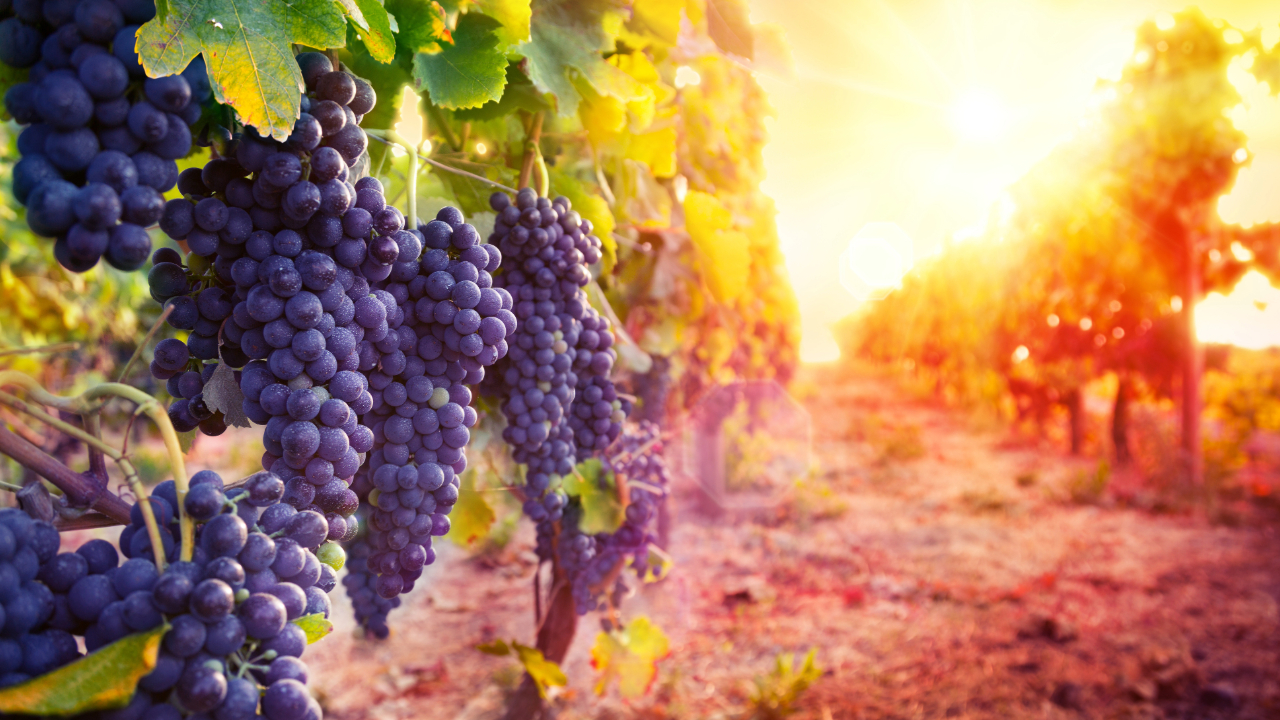
Climate Variability and Vintage Quality
The dance of the seasons, each year performing a unique routine under the grand dome of the sky, plays a critical role in the winemaking world. It’s a performance where the climate leads, dictating the tempo and intensity, and in turn, profoundly influencing the vintage quality that emerges from the world’s revered wine regions. This section delves into the intricate ballet of climate variability and its impact on the quality of vintages, with a spotlight on the tales of Bordeaux, Napa Valley, and Tuscany.
The Ballet of Bordeaux: A Dance with the Atlantic
Bordeaux, with its aristocratic lineage of wines, owes much of its repute to the Atlantic’s whims. Here, the vintage quality is a reflection of the climate’s mood swings—from the mild springs that coax the vines from their slumber, to the warm summers that swell the grapes with juice, and the autumns that, in their best years, offer a dry embrace, allowing the fruit to mature into perfection. The 2010 vintage stands as a testament to this delicate dance, where an ideally timed dry September allowed for the grapes to reach an optimal balance of ripeness and acidity, producing wines of exceptional structure and aging potential. In contrast, the challenging 2013 vintage faced a cold, wet spring followed by a similarly damp summer, testing the resilience of vintners and vines alike, resulting in wines that, while notable, required skillful precision to achieve balance.
Napa Valley: A Symphony of Sun and Fog
Napa Valley, with its patchwork of microclimates, presents a symphony where sun and fog play the lead instruments, crafting vintages that resonate with the richness of California’s bounty. The acclaimed 2013 vintage is a harmonious composition of ample sunshine and moderate temperatures, punctuated by the cooling breath of the fog, allowing for a slow, even ripening that culminated in wines of power, elegance, and longevity. Conversely, the 2011 vintage, marked by cooler temperatures and late-season rains, composed a more challenging narrative, requiring vintners to navigate a path to ripeness with careful orchestration, yielding wines that are more subtle, with a focus on finesse rather than power.
Tuscany’s Aria: The Warmth of the Mediterranean
Tuscany, cradled in the warmth of the Mediterranean, sings an aria of sun-drenched hillsides and gentle sea breezes, where the Sangiovese grape finds its fullest expression. The legendary 2010 vintage, celebrated for its perfect climatic harmony, showcased a warm but not scorching summer followed by a September kissed by the sun, allowing the grapes to mature with a balance of sugar and acid, creating wines of profound depth, vibrant fruit, and an elegance that promises a long future. In contrast, the 2014 vintage faced adversity in the form of an unusually wet and cool growing season, challenging vintners to harness their expertise to produce wines that, while perhaps not as monumental as other years, still speak of the terroir’s resilience and grace.
The Choreography of Climate and Wine
As we traverse from Bordeaux to Napa Valley, and on to Tuscany, the narrative reveals a universal truth: the quality of a vintage is the culmination of a year’s worth of climate choreography, with each region performing its unique dance with the elements. These case studies illuminate not just the challenges and triumphs of individual years, but also the adaptability and artistry of winemakers who, guided by the rhythms of nature, continue to craft wines that capture the essence of their terroir, year after year. Climate variability, with all its caprices, remains a fundamental force in shaping the legacy of wine, a testament to the enduring dance between earth, sky, and vine.
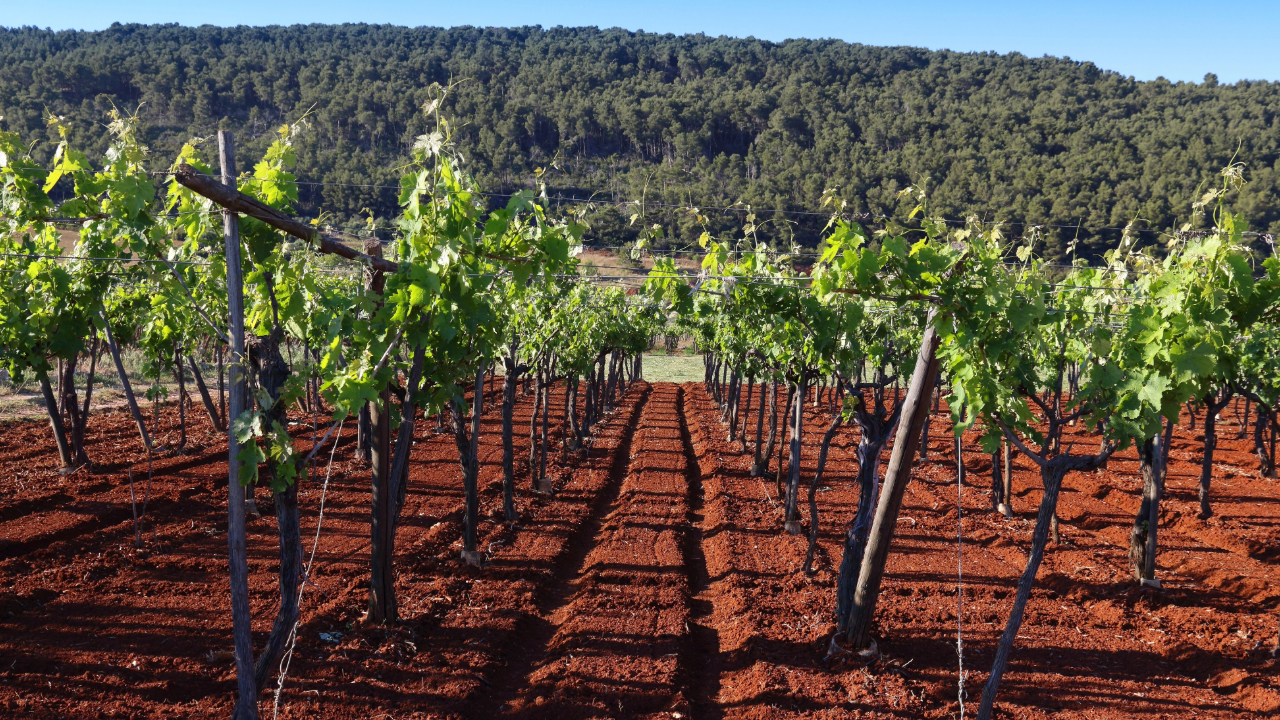
Terroir and the Importance of Climate
Terroir, that mystique blend of soil, topography, climate, and human touch, serves as the soul of wine, whispering the story of its origin with every sip. Among these elements, climate stands as the conductor, orchestrating the symphony of flavors, textures, and aromas that define a wine’s identity. This section embarks on an exploration of terroir, with a spotlight on the pivotal role climate plays in the alchemy of winemaking.
The Symphony of Terroir: Climate as the Maestro
At its core, terroir is the essence of place, a concept that captures how a particular region’s climate, soil, aspect, and human intervention combine to produce unique wine characteristics. Climate, however, is the heartbeat of this ensemble, influencing the vine’s lifecycle from bud break to harvest, dictating the pace at which grapes mature and the complexity of the flavors they develop.
Temperature: The Warmth of Expression
Temperature acts as the primary driver in the grape’s journey towards ripeness, determining the speed of photosynthesis, respiration, and a host of metabolic processes essential for flavor development. Cool climate regions, with their gentle warmth and chilly nights, tend to produce wines with high acidity and nuanced flavors, often with notes of fresh fruits, flowers, and minerals. These wines, like the crisp Rieslings from Alsace or the elegant Pinot Noirs from Burgundy, carry the vibrancy of their climate in their veins. In contrast, warm climate regions imbue their wines with boldness and intensity, where the sun’s generous embrace accelerates ripening, resulting in wines with lush fruit flavors, softer acidity, and a robust structure, as exemplified by the opulent Shiraz from Australia’s Barossa Valley.
Sunlight: The Illuminator of Flavors
Sunlight, in its radiant generosity, plays a critical role in the synthesis of phenolic compounds responsible for color, tannins, and flavor. The amount of sunlight a vineyard receives, modulated by the region’s climate, influences the concentration and profile of these compounds, directly impacting the wine’s complexity and aging potential. Regions blessed with ample sunlight, yet tempered by cooling influences, such as the hillside vineyards of Tuscany, are renowned for producing wines with a harmonious balance of richness and elegance.
Humidity: The Whisper of Moisture
Humidity, the invisible presence in the air, significantly affects vine health and the risk of disease. High humidity levels can foster the growth of unwanted fungal diseases, challenging vintners to adapt their practices to protect the vines. Conversely, low humidity can stress vines, concentrating flavors in the grapes but also requiring careful water management to prevent over-stress. The delicate dance with humidity is a testament to the vintner’s skill in coaxing the best from the vines, reflected in the distinct character of wines from regions like the fog-kissed valleys of Napa or the sun-drenched slopes of Sicily.
The Narrative of Terroir: Climate’s Enduring Tale
Terroir, with climate at its heart, weaves a complex narrative that is captured in the bottle, telling tales of geographies, climates, and human endeavor. This exploration into the importance of climate elements in defining terroir underscores the profound connection between the environment and the liquid artistry that is wine. As we delve deeper into understanding this bond, we not only enhance our appreciation for the diversity of wines but also celebrate the adaptive genius of winemakers who, guided by the rhythms of nature, continue to create expressions of place that enchant and inspire.
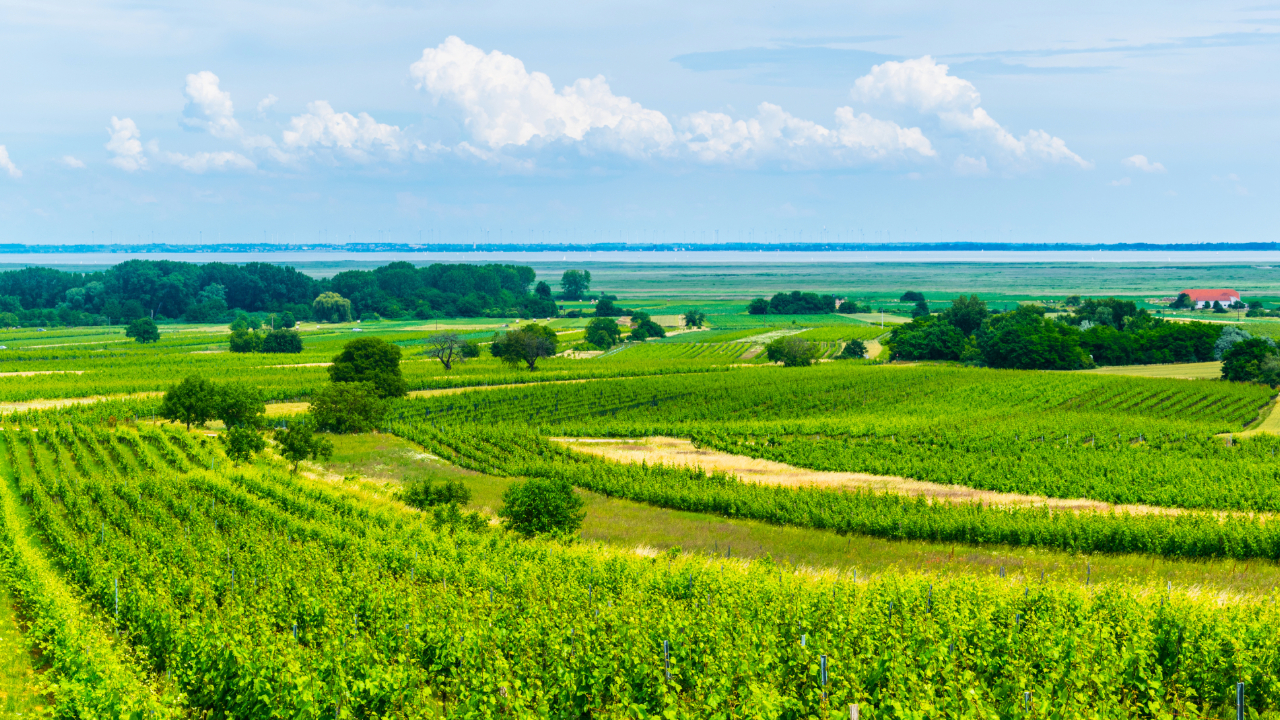
Regional Climate Comparison and Wine Aging
The aging of wine is a narrative, one deeply intertwined with the climate from which it originates. This section unveils the chapters of this narrative, laying bare the influence of regional climates on the aging process and flavor development of wines. From the cool whispers of Burgundy and Willamette Valley to the warm embrace of Barossa Valley and Paso Robles, and the balanced breath of Mediterranean climates like the Rhône Valley and parts of Chile, each climate crafts its unique mark on the wines it nurtures.
Cool Climate Regions: The Art of Elegance
In the cool climate regions such as Burgundy in France and Willamette Valley in Oregon, the more temperate conditions play a pivotal role in the wine’s evolution. The cooler temperatures allow for a slower, more measured ripening process, ensuring that grapes retain higher levels of acidity. This acidity is crucial, acting as a backbone that supports and enhances the wine’s aging potential. The slower ripening also allows for the nuanced development of flavors, creating wines with a delicate complexity, marked by vibrant fruit flavors, floral notes, and a minerality that whispers of its origin. Wines from these regions, like the ethereal Pinot Noir and the structured Chardonnay, embody elegance, aging gracefully into expressions of refined complexity.
Warm Climate Regions: The Boldness of Richness
In contrast, the warm climate regions such as Barossa Valley in Australia and Paso Robles in California bask in the generous warmth of the sun, which accelerates the ripening process. This warmth leads to higher sugar levels in the grapes, which in turn translate into wines with higher alcohol content and a fuller body. The richness of these wines is palpable, with bold fruit flavors and a velvety structure that lends itself to a different aging potential. The wines, including robust Shiraz and lush Cabernet Sauvignon, evolve into opulent expressions of their climate, retaining their fruit-forward character while developing layers of spice and complexity that only time can unveil.
Mediterranean Climates: The Harmony of Balance
Mediterranean climates, found in regions like the Rhône Valley in France and certain areas of Chile, offer a distinctive balance that is reflected in the wines they produce. Characterized by warm, dry summers and mild, wet winters, these regions achieve a harmony in grape ripening that combines the best of both worlds. The moderate conditions ensure that grapes ripen with a balance of sugar and acidity, producing wines that are both rich and structured. The diversity of wine styles from these climates is remarkable, ranging from the spicy and aromatic Grenache to the complex and layered Syrah. These wines age with a graceful integration of fruit and earthy notes, developing a refined complexity that speaks to the balanced climate of their origins.
The Narrative of Climate and Wine Aging
Through the lens of regional climates, the aging of wine reveals itself to be a story of diversity and adaptation. The cool climates offer a tale of elegance and structure, the warm climates narrate richness and boldness, while the Mediterranean climates weave a story of harmony and diversity. Each climate imparts its unique signature on the wines, influencing not just their initial flavor profile but also their journey through time. As these wines age, they become storied expressions of their origins, carrying within them the essence of the climate that shaped them. This comparative analysis not only enriches our understanding of wine aging but also celebrates the diversity that regional climates bring to the world of wine.
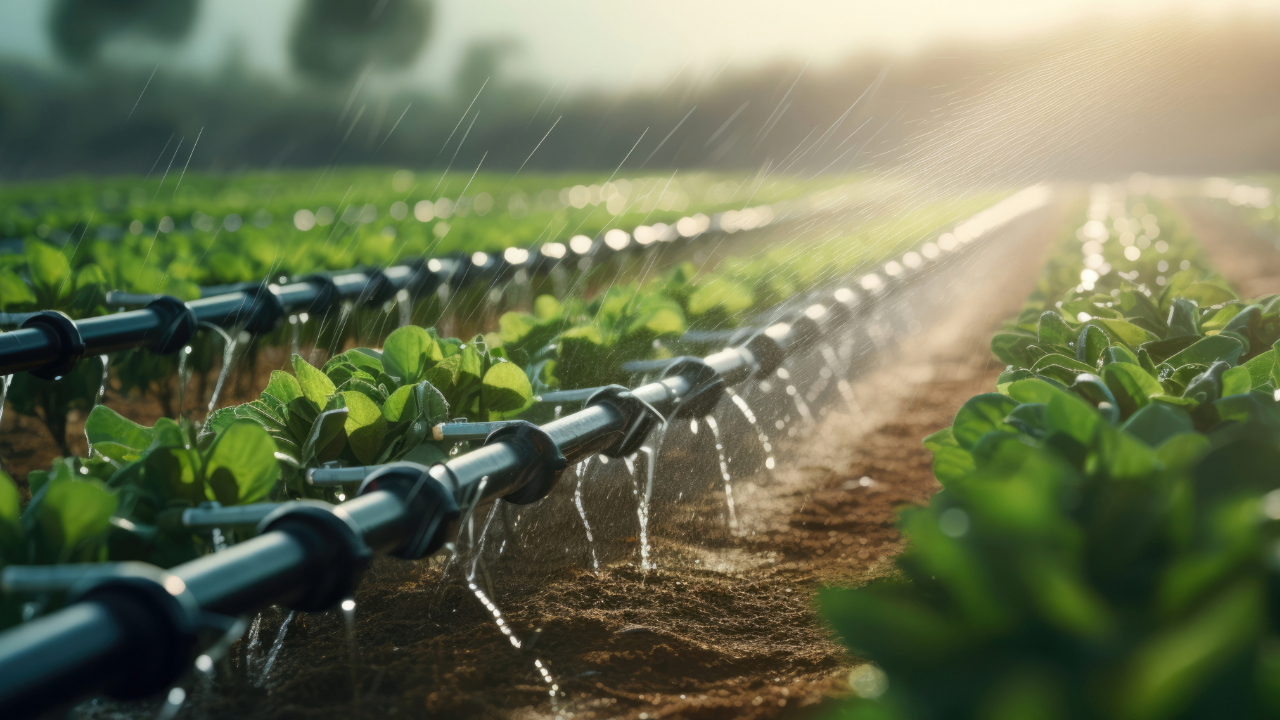
Innovative Responses to Climate Challenges
In the evolving narrative of winemaking, the ingenuity of vintners and viticulturists shines as a beacon of adaptation and innovation in response to the challenges posed by climate change. As the elements shift and transform the landscape of traditional winemaking, the industry’s pioneers are writing new chapters with creative strategies aimed at ensuring the legacy and integrity of their wines. This section delves into the innovative approaches being employed to navigate the complexities of a changing climate, from experimental grape varieties to the nuanced timing of harvests and the adoption of climate-controlled aging processes.
The Narrative of Climate and Wine Aging
The quest for resilience has led to the exploration of experimental grape varieties, ones that can thrive under the stress of shifting climates. Drought-resistant, heat-tolerant, and cold-hardy varietals are making their debut in vineyards around the globe, promising not just survival but also the preservation of quality and character. These varietals, often born from meticulous breeding programs, are designed to withstand the extremities of their environment, offering a palette of flavors and aromas that are both familiar and novel, ensuring that the wine’s story continues, even as the climate narrative changes.
Altered Harvest Times: Timing the Symphony of Ripeness
With the rhythm of the seasons becoming increasingly unpredictable, winemakers are adapting by reevaluating the timing of their harvests. The decision of when to pick the grapes, traditionally dictated by generations of observation and experience, is now informed by a blend of science and intuition. Temperature sensors, satellite imagery, and climate models offer a high-resolution view of the vineyard’s microclimate, allowing for a precision-timed harvest that captures the grapes at their peak of ripeness and expression. This careful orchestration ensures that, despite the climate’s variability, the resulting wines maintain their balance and depth.
Climate-Controlled Aging Processes: Mastery Over Time
The aging of wine, a journey that can span years or even decades, is underpinned by a delicate balance of temperature, humidity, and time. In response to the challenges posed by climate change, winemakers are turning to climate-controlled cellars and aging facilities, engineering environments that provide the ideal conditions for wines to mature gracefully. Advanced cooling systems, humidity control technologies, and even underground caves are employed to shield the aging wines from the outside world’s fluctuations, ensuring that each bottle reaches its potential, unaffected by the whims of weather.
Innovation as Tradition: Forward-Thinking Winemaking
The wine industry’s response to climate challenges is a testament to its resilience and creativity. By embracing experimental grape varieties, adapting harvest times, and employing climate-controlled aging processes, winemakers are not just reacting to the changes but are actively shaping the future of viticulture. These innovations, grounded in science yet inspired by tradition, ensure that the story of wine—its complexity, its diversity, its connection to place—continues to unfold, even as the climate narrative evolves. In the face of adversity, the wine community’s forward-thinking strategies offer a blueprint for sustainability and quality, preserving the legacy of wine for generations to come.
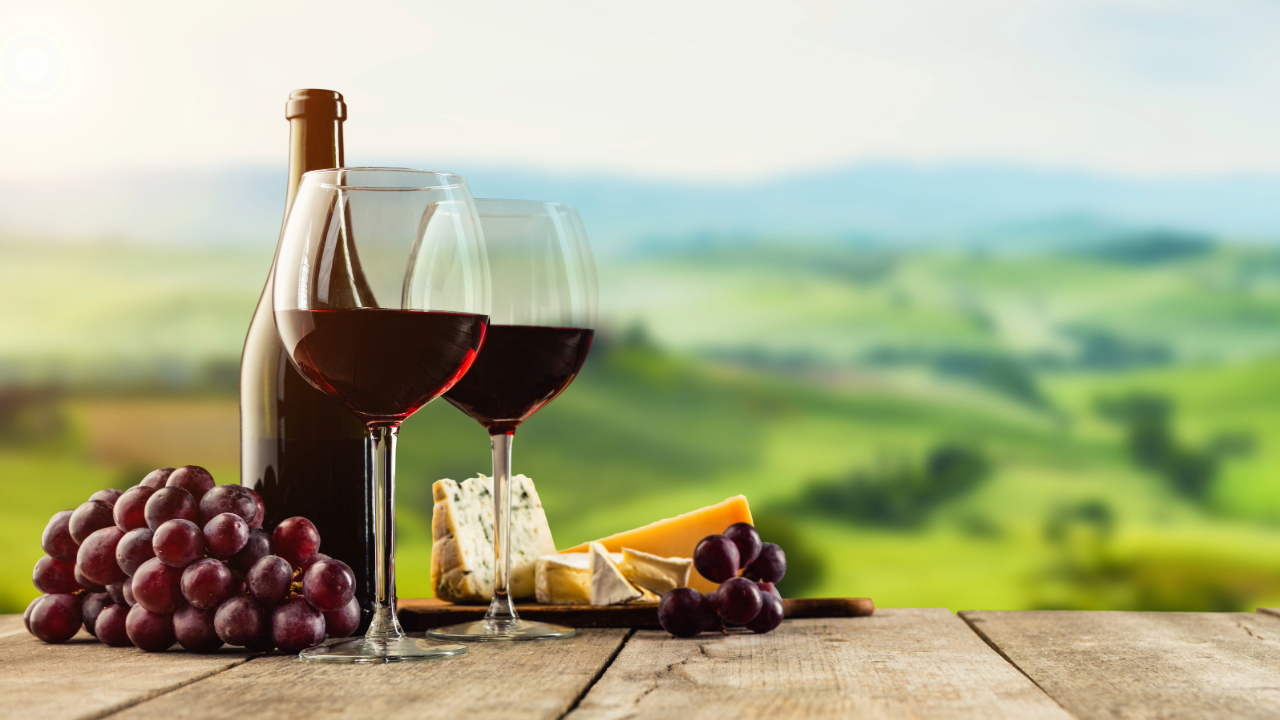
Embracing the Climate Influence
As our journey through the vineyards of the world draws to a close, the indelible mark of climate on the tapestry of winemaking becomes undeniably clear. From the sun-drenched slopes of the Barossa Valley to the misty mornings of Burgundy, the climate shapes the very soul of the wine, guiding its journey from vine to bottle with an unseen hand. This exploration has unveiled not only the profound impact of regional climates on the aging process and flavor development of wines but also the innovative spirit that defines the wine industry’s response to the challenges posed by a changing climate.
The narrative of wine is deeply intertwined with the rhythms of the earth, a dance of elements that has been choreographed over centuries. Yet, as we stand on the precipice of unprecedented environmental shifts, the resilience and adaptability of winemakers come to the fore. The adoption of experimental grape varieties, the precision in timing harvests, and the technological advancements in aging processes are testament to the industry’s commitment to preserving the legacy of wine for future generations.
In this moment of reflection, a call to action emerges for both consumers and industry stakeholders. To support sustainable and adaptive winemaking practices is to champion the continuation of a tradition that transcends mere beverage. It is an acknowledgment of wine’s place in the cultural fabric of humanity, a celebration of diversity and heritage that must be preserved.
The influence of climate on wine is a story of challenge and opportunity, a reminder that the essence of winemaking lies in harmony with nature. As we embrace the shifts and changes in our global climate, let us also embrace the innovations and adaptations that ensure the wine industry not only survives but thrives. In doing so, we safeguard a future where the wines we cherish continue to tell the stories of their origins, enriched by the complexities of their climate, and enjoyed by connoisseurs and casual drinkers alike for centuries to come.
Embracing the climate influence on wine is more than an acceptance of change; it is a celebration of the enduring spirit of winemaking, a testament to the creativity and resilience that define this noble art. As we look to the future, let us do so with a glass in hand, toasting to the adaptability and sustainability that will ensure the wine industry continues to flourish, whatever the weather may hold.
